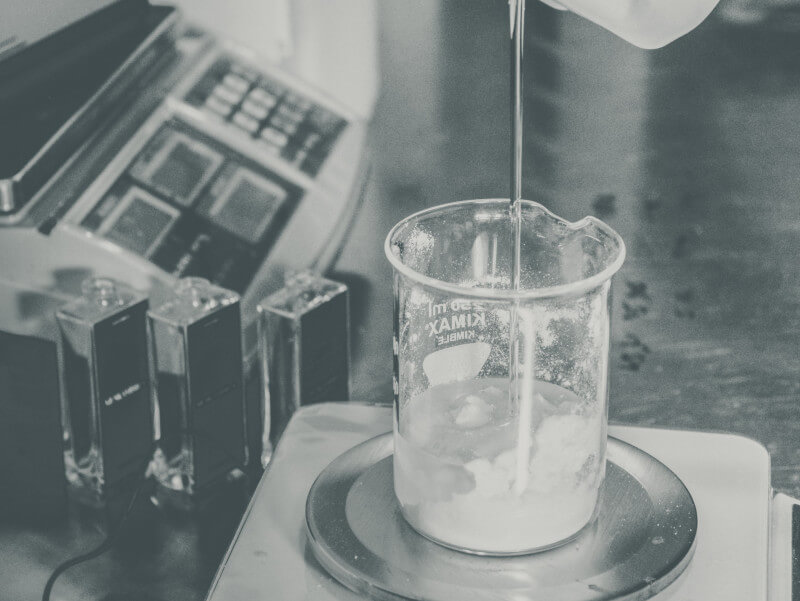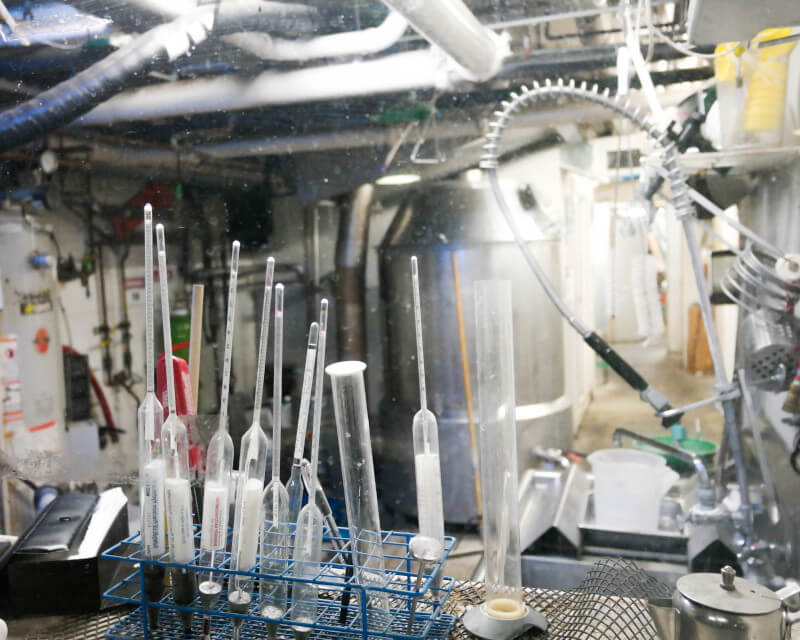Whiskey blending might seem like a simple task of mixing different whiskies. Yet, it’s a meticulous interplay of science and art, demanding a deep understanding of chemistry, a refined palate, and a touch of intuition.
The Challenge of Consistency
One of the primary tasks for a blender is to achieve consistency. Consider this: How does a brand ensure that its signature blend tastes the same year after year, even when the individual casks that go into it might vary?
- Sourcing: Before the actual blending starts, a blender needs to source whiskies from various casks and sometimes even different distilleries. Historically, distilleries have maintained detailed records of every cask. For instance, Glenfiddich’s archives, dating back to its establishment in 1887, have meticulous notes on each cask’s origin, age, and characteristics. When blenders source whiskies, they rely heavily on these records. Recent advances also employ digital tracking and analytics to make sourcing even more precise, marrying age-old tradition with modern technology.
- Taste Memory: A 2014 study published in the journal Flavour found that trained individuals, like blenders, not only identify flavors but also recall their intensities. They often undergo rigorous training regimes, somewhat similar to how musicians train their ears. Regular tastings, blind tests, and comparative evaluations are common practices in the industry to sharpen this skill. For iconic blends, such as Johnnie Walker Black Label, maintaining consistency is crucial, and it’s the blender’s taste memory that ensures each bottle tastes just like the ones that came before.
- Volume vs. Quality: Maintaining the essence of a blend, especially when dealing with a limited volume of a spectacular cask, can be a challenge. For example, consider a scenario where a particular 15-year-old cask adds a unique character to a blend, but there’s only a limited quantity available. In such cases, blenders might have to source similar profiles from different casks or even different distilleries. The Scotch Whisky Research Institute (SWRI) has been instrumental in developing tools that assist blenders in achieving this. They’ve developed methods to break down whiskies into their flavor compounds, guiding blenders in replicating profiles.
What’s The Impact of Blending Inconsistency?
When distillers deliver consistent quality, they perpetuate a brand’s legacy, allowing loyal consumers to rely on a familiar experience. However, when blending is inconsistent, the ramifications can be severe, impacting not only a brand’s finances but also its decades-old reputation.
The reputation of a whisky brand hinges on trust. Think about the loyal customer who picks up a bottle every month or the bar that always stocks a specific label because they know what to expect. If blenders falter in maintaining consistency, they risk eroding this trust. In today’s digital age, where word travels faster than ever, a few batches of inconsistent whisky can lead to negative reviews online, impacting sales and deterring potential new customers.
Inconsistent blending can devalue the premium placed on aged whiskies. Consumers often pay top dollar for bottles that promise aged complexity and sophistication. If the consistency of these products wavers, the perceived value and premium nature are jeopardized, leading to reduced willingness to pay higher prices. Over time, this can significantly reduce a brand’s revenue and market position.
Now, let’s consider the whisky enthusiasts and collectors, who often invest in bottles, banking on their appreciation over time. Inconsistent blending can throw off market predictions, causing unexpected fluctuations in the secondary market value of certain bottles.
New customers, who are essential for expanding the brand’s base, often rely on recommendations. Inconsistent quality can lead to negative word-of-mouth, thus making market expansion more challenging, and for those who are new to the whisky world, their first experience with a brand is pivotal. An inconsistent blend can deter them from the brand in a saturated and fiercely competitive market, with numerous companies vying for attention.
Brands are not just competing within their categories but also with other spirits. Inconsistencies can provide competitors with an opportunity to position their products as more reliable, leading loyal customers to switch, potentially causing ripple effects that can last for years, even decades.
Once lost, consumer trust is hard to regain. Repairing a tarnished reputation often requires significant investment in quality control, marketing, and public relations – resources that could have been better spent on innovation and expansion.
Mastering the Science

- Chemical Reactions: When two whiskies are blended, the combined liquid undergoes chemical changes. Predicting and controlling these reactions is crucial. Blenders often work closely with chemists to understand these nuances.
- Age Statements: In blends with age statements, the age is determined by the youngest whisky in the mix. A blender must ensure that the youngest whisky doesn’t dominate or degrade the blend’s overall character.
Navigating the Artistry
- Balancing Flavor Profiles: Each whisky, depending on its age, grain content, and cask type, carries a distinct flavor profile. A blender must understand these notes and harmonize them.
- Predicting Aging: Post-blending, the liquid might be returned to the cask for additional aging. Blenders have to predict how flavors will evolve.
- Innovative Expressions: Apart from maintaining classic blends, blenders are also responsible for creating new expressions. This demands creativity, a deep understanding of market trends, and a willingness to take risks.
Tools of the Trade

No, it’s not just about having a glass and a keen nose. Blenders use:
Hydrometers: To measure the alcohol content.
Glass Pipettes: For extracting precise amounts of whisky from casks.
Tasting Glasses: Typically tulip-shaped, to concentrate aromas.
Training and Experience
Becoming a blender isn’t achieved overnight.
- Education: Many blenders have backgrounds in food science, chemistry, or distillation. Formal education provides a foundation, but on-the-job training is irreplaceable.
- Apprenticeships: It’s common for budding blenders to apprentice under seasoned experts, sometimes for years before they’re trusted with creating a commercial blend.
- Continuous Learning: The whisky world is dynamic. Blenders continuously educate themselves on new distillation techniques, global market trends, and evolving consumer palates.
The Pressure of Legacy and Innovation
Blenders must grapple with the weight of legacy, especially when working with historic brands. Yet, they’re also expected to innovate, keeping the brand relevant in a competitive market.
Blending is a cornerstone of the whisky industry, with its intricacies going beyond mere mixing. The task demands precision, consistency, and an acute understanding of flavors. As blenders strive for perfection, they must ensure the continuation of a brand’s legacy to safeguard its reputation. Any deviation can have far-reaching consequences, both in terms of consumer trust and brand value. In essence, the role of a blender is pivotal, acting as the shield that protects a brand’s past, present, and future in the competitive landscape of whiskies.
